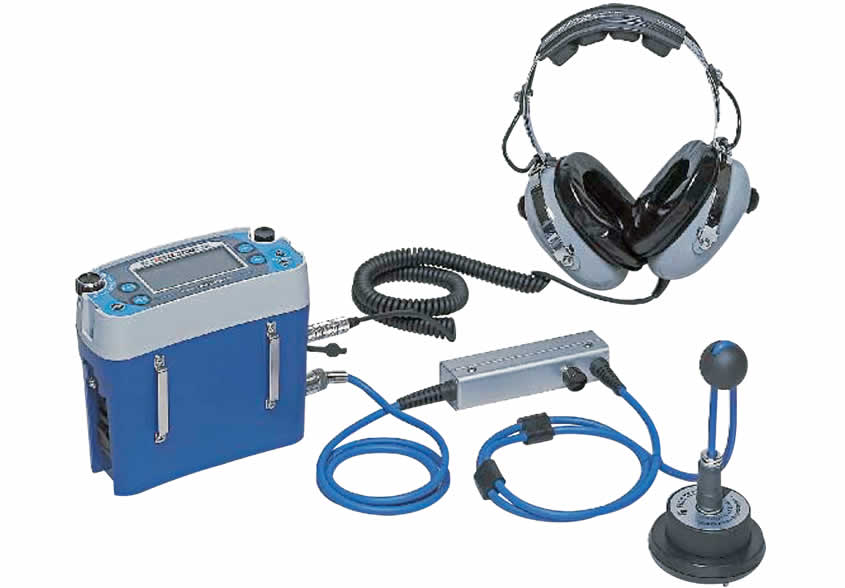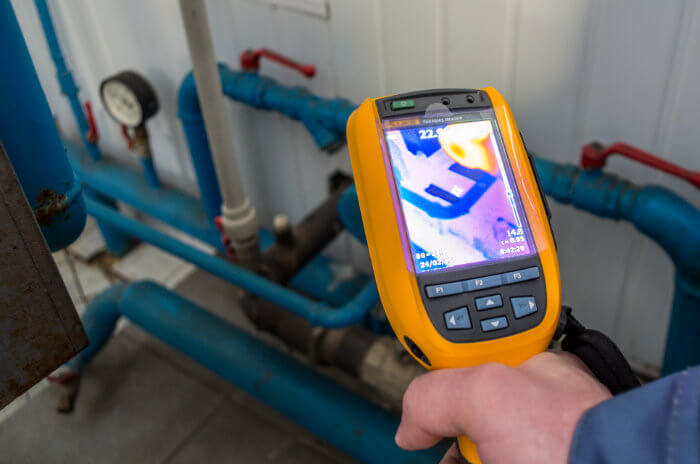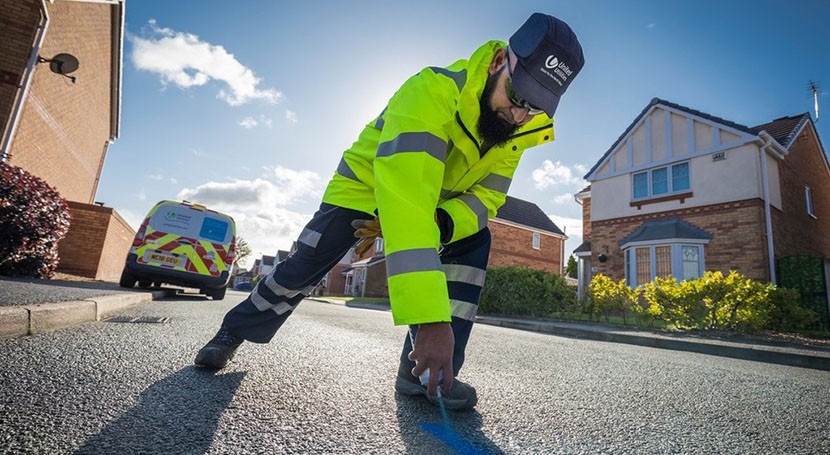Innovative Solutions for Very Early Detection of Water Leakages in Buildings and Facilities
As the integrity of structures and infrastructure is extremely important, the difficulty of very early detection of water leakages has spurred cutting-edge services that assure to reinvent the method we safeguard against possible damages. From innovative leakage detection modern technologies to the deployment of IoT sensors for real-time surveillance, the landscape of leak avoidance is evolving quickly. Equipment knowing formulas supply a peek right into the future of leakage prediction, while thermal imaging provides a non-intrusive technique for determining covert leaks. Automated water circulation analysis systems are improving just how leaks are identified and attended to, leading the way for a proactive technique to water leakage detection. Each of these services holds the key to making sure the integrity and long life of our constructed environment, prompting a shift towards a much more lasting and reliable future.
Advanced Leak Discovery Technologies
Advanced leakage discovery modern technologies, equipped with cutting-edge sensing units and formulas, play an essential role in swiftly identifying and determining water leakages in numerous settings. These innovations employ a combination of acoustic, thermal, and electro-magnetic picking up techniques to find leaks accurately. Acoustic sensors identify the audio of getting away water, enabling accurate localization of the leak resource. Thermal imaging identifies temperature level modifications triggered by water leak, supplying one more effective approach for leak identification. Electro-magnetic sensors can identify adjustments in magnetic fields triggered by water, providing yet another layer of leakage detection capacity.

IoT Sensors for Real-Time Surveillance
In the realm of contemporary water leak discovery, the assimilation of IoT sensors for real-time monitoring stands for an essential innovation in improving aggressive leak detection abilities. These sensing units supply continual monitoring of water systems, offering real-time information on water circulation prices, stress variants, and temperature level adjustments. By leveraging IoT modern technology, these sensors can spot even the smallest anomalies in water usage patterns, allowing early identification of prospective leaks before they intensify into major issues.
IoT sensors transmit data to a centralized platform, where innovative algorithms examine the details and create signals or alerts when abnormalities are identified. This real-time surveillance capacity permits homeowner or facility supervisors to immediately attend to leakages, reducing water damage, reducing fixing prices, and saving water resources.
Furthermore, IoT sensing units can be incorporated with structure management systems, permitting automated responses to detected leakages, such as turning off water shutoffs or triggering pumps to reduce the impact of leakages. In general, the application of IoT sensors for real-time surveillance substantially enhances the efficiency and efficiency of water leak discovery in structures and facilities.
Device Knowing Algorithms for Leak Forecast

One secret advantage of making use of equipment discovering for leak forecast is its capability to continuously learn and improve its precision in time. As even more information is collected and fed right into the algorithm, it can improve its predictions and adapt to altering conditions, inevitably enhancing the reliability of leakage detection systems.
Additionally, artificial intelligence formulas can help in determining subtle indications of leaks that might go unnoticed by typical tracking approaches. water leak detection. By examining complex data embed in real-time, these algorithms can give early cautions and alerts, enabling prompt intervention and preventative maintenance to minimize prospective water damages and associated costs
Making Use Of Thermal Imaging for Leak Detection
Thermal imaging technology uses an encouraging method for identifying water leaks in various systems and infrastructures. By using infrared radiation and temperature level variations, thermal here imaging cameras can determine concealed leakages that are not easily visible to the naked eye. When water gets away from pipelines or frameworks, it frequently alters the temperature level of the surrounding area, creating temperature differentials that thermal cams can record. These temperature level irregularities are then equated into noticeable pictures, highlighting the specific area of the leakage.
One of the crucial benefits of thermal imaging for leak detection is its non-intrusive nature. Unlike standard techniques that may need burglarizing walls or floors to situate leakages, thermal imaging enables non-destructive screening. This not article source only saves time and decreases costs but additionally decreases disturbance to the structure or facilities being examined. Furthermore, thermal imaging can rapidly scan large locations, supplying a detailed introduction of prospective leak resources in a prompt way. In general, the use of thermal imaging modern technology improves the effectiveness and accuracy of water leak discovery, making it a useful tool for keeping the stability of buildings and frameworks.
Automated Water Circulation Analysis Solutions
How can automatic water flow evaluation systems revolutionize the discovery and management of leaks in different systems and facilities? Automated water flow evaluation systems provide an aggressive technique to leakage detection by constantly keeping track of water circulation rates and patterns. By developing standard information, these systems can rapidly recognize discrepancies that might indicate a leak, making it possible for prompt treatment to stop considerable damage.
These systems use innovative algorithms to evaluate real-time information and provide instant signals when anomalies are discovered, permitting for swift action to be taken. Furthermore, automated water flow evaluation systems can be incorporated with structure management systems or IoT platforms, improving total performance and enabling remote tracking abilities.
Furthermore, the data collected by these systems can be used for predictive upkeep purposes, helping to determine potential powerlessness in the infrastructure prior to leakages occur. Overall, the implementation of automated water flow analysis systems can substantially boost leakage discovery and administration methods, ultimately resulting in cost financial savings, lowered water waste, and boosted sustainability in buildings and infrastructure.

Final Thought
In verdict, the integration of advanced leak detection technologies, IoT sensors, artificial intelligence formulas, thermal imaging, and automatic water circulation evaluation systems uses ingenious options for very early discovery of water leakages in structures and framework. These modern technologies make it possible for real-time surveillance, forecast of leakages, and efficient discovery approaches to prevent water damages and wastefulness. Applying these options can assist in preserving the stability and sustainability of water systems in various setups.